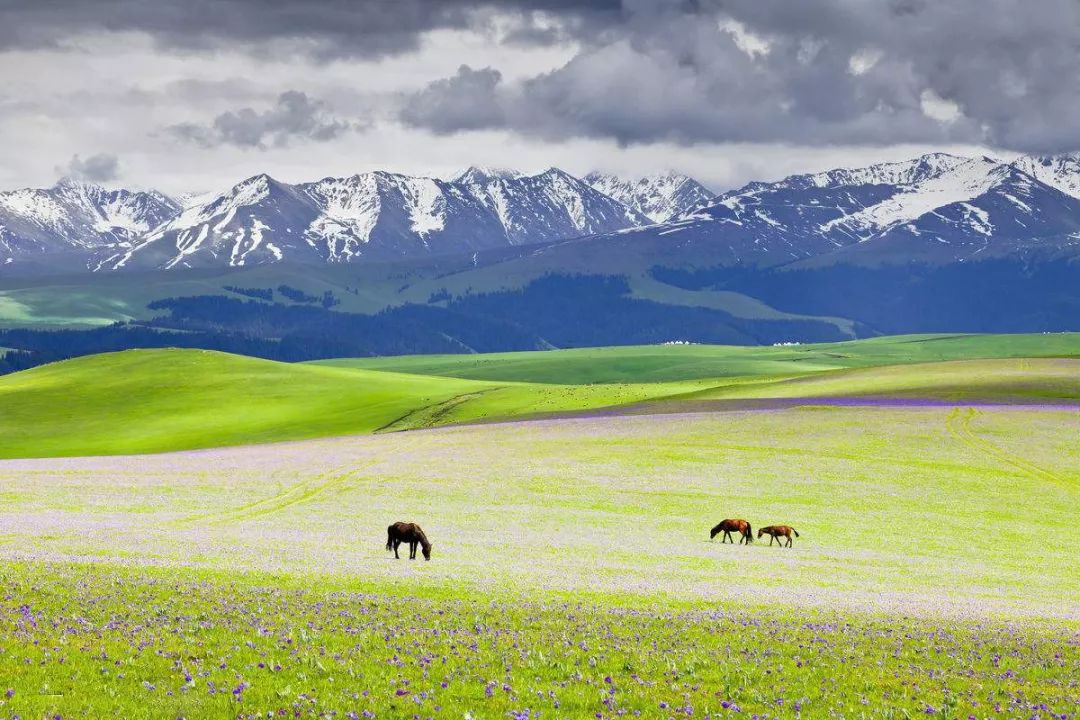
Xinjiang
The land farthest from the ocean in the world
The largest provincial administrative region in China
Equivalent to the size of 101 Beijing cities
In this sparsely populated land
Three tall mountains hug two of China’s largest arid basins
China’s largest and second largest deserts are also concentrated here
.
.
.

However, what should be the driest land
But it has the best alpine pasture in China
With winding rivers and crystal lakes
Lush forests, lush grasslands
.
.
.

Bayanbulak Swan Lake

Kala Jun Grassland

It’s all thanks to a mountain
“Tianshan”
A sharp sword that splits the barren and arid land of Xinjiang
A huge mountain range stretching for 2,500 kilometers with an average altitude of 4,000 meters
In the middle of the vast land of Xinjiang
Divide Xinjiang in two
The south of the Tianshan Mountains is the Southern Xinjiang, and the north of the Tianshan Mountains is the Northern Xinjiang.
This is what we usually call the division of northern and southern Xinjiang.

▲Tianshan is like a sword made of ice and snow piercing the arid Xinjiang
It is often said that the northern Xinjiang sees the scenery, and the southern Xinjiang sees the customs
Northern Xinjiang means snow mountains and grasslands
Southern Xinjiang means desert and Gobi
Northern Xinjiang means Kazakh and Oirat Mongolia
Southern Xinjiang means Uyghur and Tajik
Northern Xinjiang means grassland culture
Southern Xinjiang means agricultural civilization
Beijiang means horses and singing
Nanjiang means Muqam and dance
The northern and southern borders separated on both sides of the Tianshan Mountains have huge differences
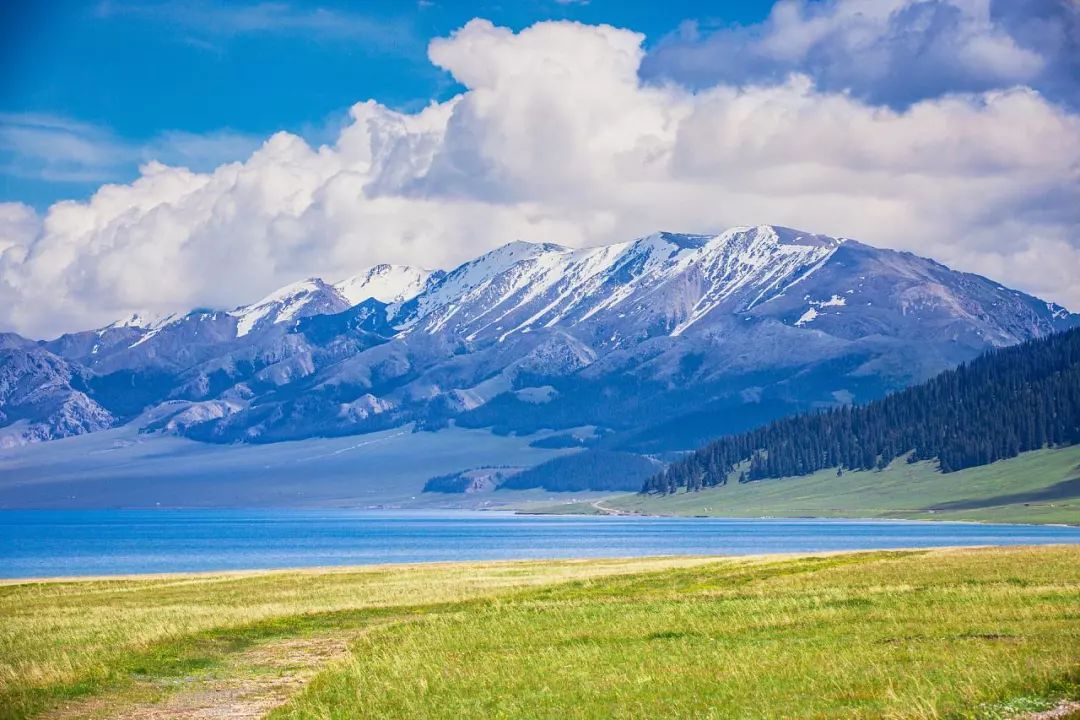
Northern Xinjiang Sailimu Lake
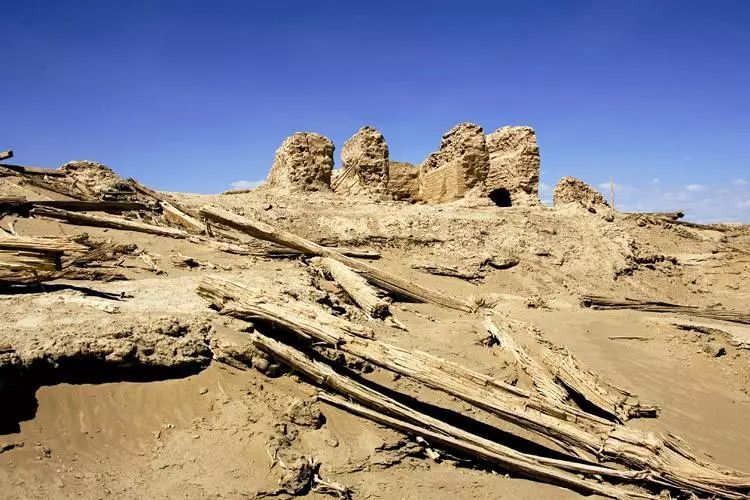
South Xinjiang Lop Nur
And where does this difference come from?
And what kind of huge impact and changes will it have on the northern and southern Xinjiang?
▼
This starts with the famous “three mountains with two basins”
Southern Xinjiang and Northern Xinjiang
One is the first large desert in China from the Tianshan Mountains to the south
Across the Tarim Basin, extending to the foot of Kunlun Mountains
One sits on the second largest desert in China from the north of the Tianshan Mountains
Crossing the Junggar Basin and connecting with the Altai Mountains

This is the famous “Three Mountains and Two Pots”
Huge mountains block the water vapor
And water changed the fate of a piece of land
Southern Xinjiang is surrounded by mountains on three sides. The warm and humid air from the Atlantic Ocean is blocked by the Pamirs in the west of southern Xinjiang, while the warm air from the Indian Ocean is blocked by the Qinghai-Tibet Plateau.
But northern Xinjiang is different. Under the blessing of Tianshan and Altai Mountains, northern Xinjiang is like a natural water vapor channel. The nearly 10,000 glaciers in the Tianshan Mountains are a natural solid reservoir, and more than 300 rivers originate here.
The warm and humid air from the Atlantic cannot pass through the Pamirs or enter southern Xinjiang. However, it can flow unimpeded along the Eurasian Plain, blowing into the Ili River Valley in northern Xinjiang, and blowing into the mountains of Altay, bringing rainfall.
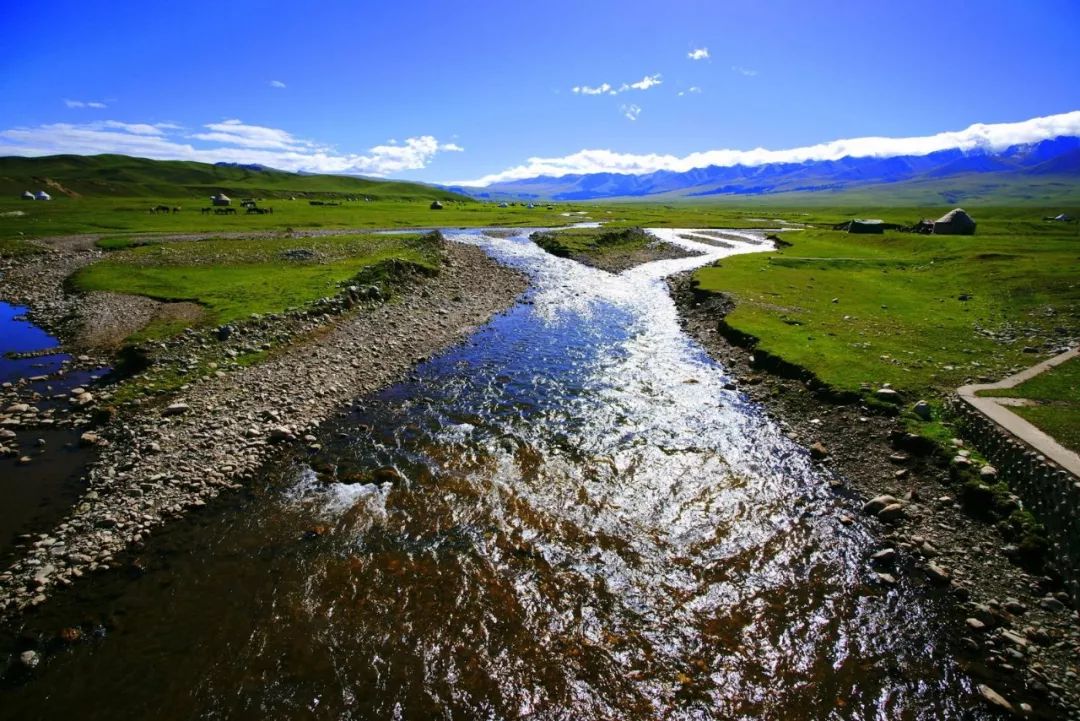
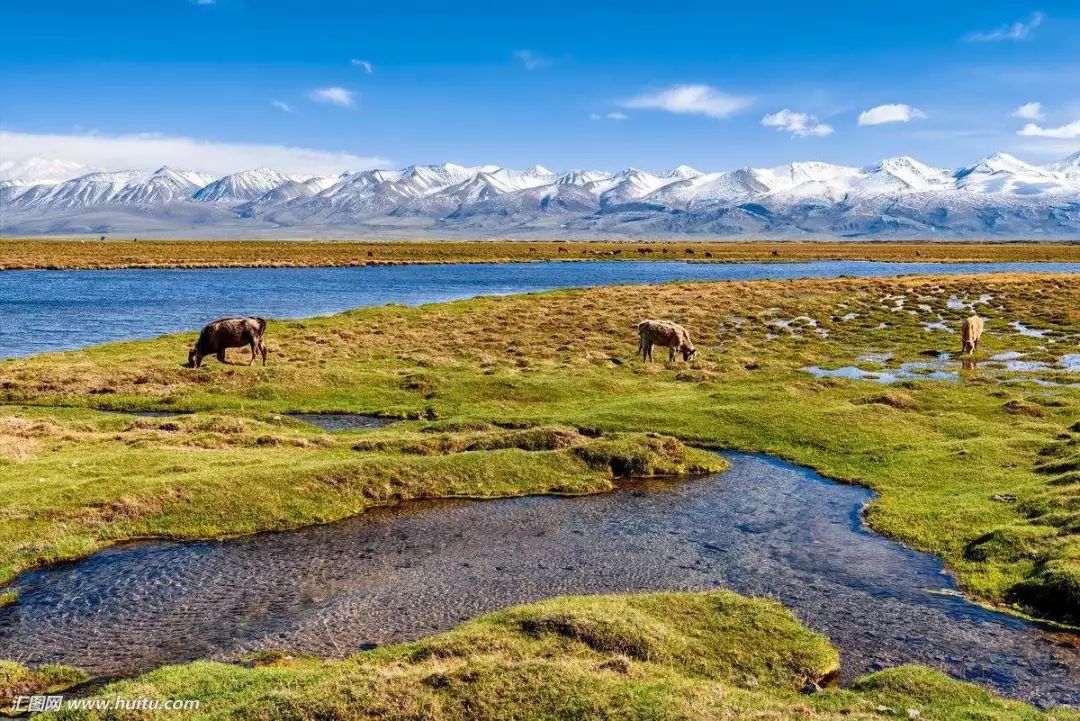
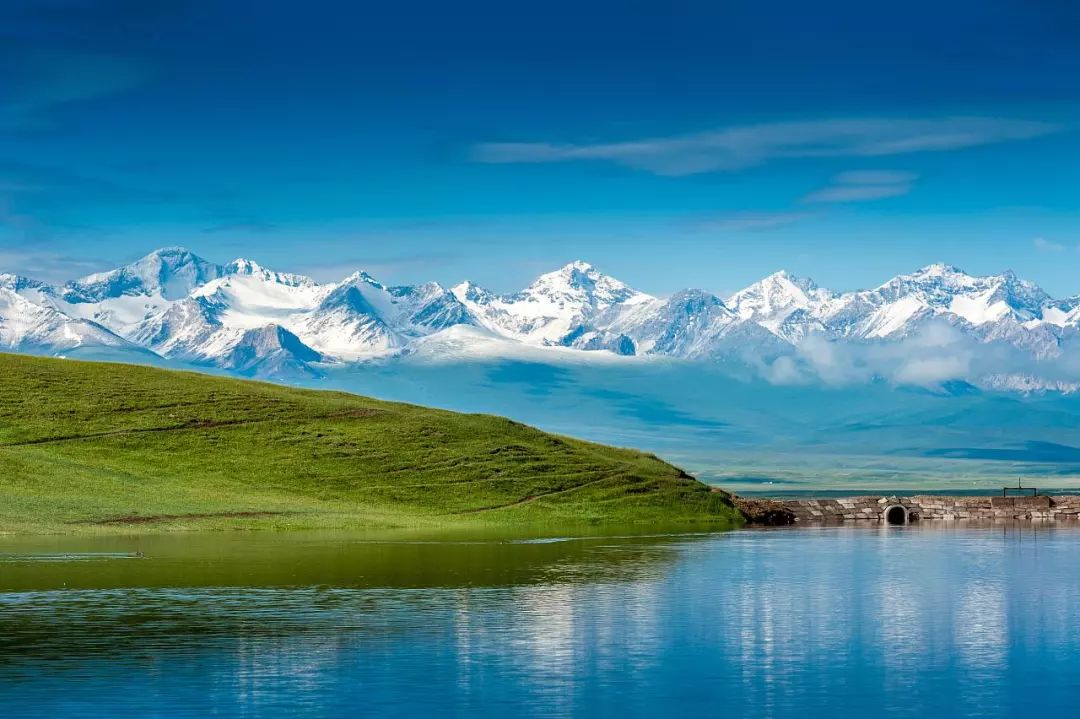
so
Northern Xinjiang has the best pastures, cattle and sheep, horses and grasslands
Southern Xinjiang is arid and deserted, but at the same time it has the sweetest melons and fruits
Grassland gave birth to nomadic civilization, while arid land gave birth to farming civilization
Kazakhs in northern Xinjiang carry their belongings and lead cattle and sheep
Stepping on the beat of the season, transition to the best pasture
People in southern Xinjiang have lived by water for generations, farming and harvesting
Apples from Aksu, pears from Korla, raisins from Turpan
There are ancient cities with a long history
Geography affects water and soil, and water and soil breed civilization
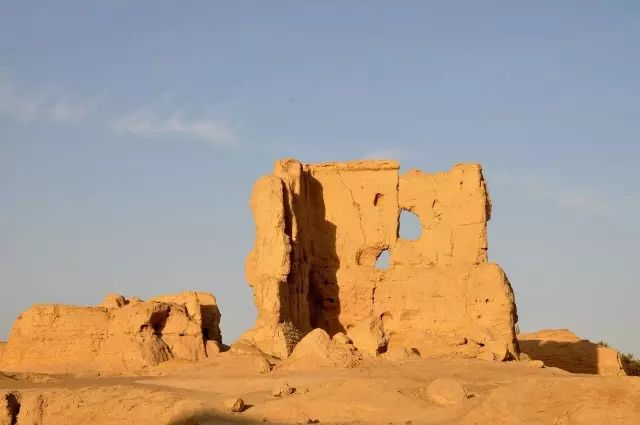
The Vicissitudes of Jiaohe Ancient City
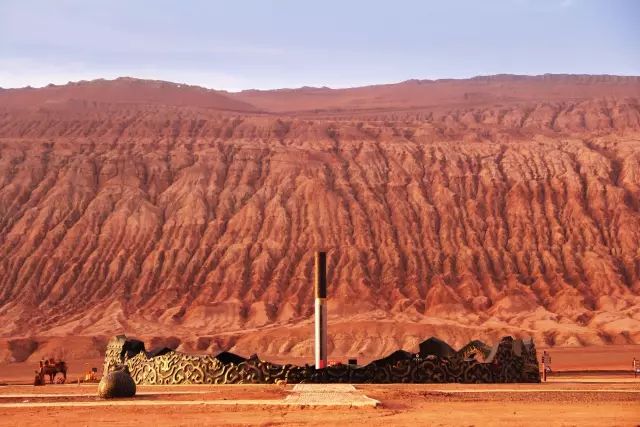
Turpan Flame Mountain
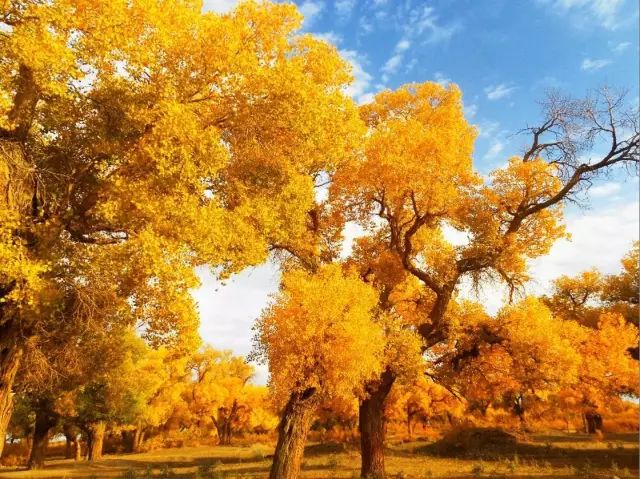
Populus euphratica forest in Luntai, southern Xinjiang
The climate difference between northern and southern Xinjiang is also reflected in the seasons
Spring in southern Xinjiang comes earlier than in northern Xinjiang
【spring】
In April, apricot blossoms in Datong Township in Kashgar, southern Xinjiang
Datong Township will turn into a pink world, and the petals of apricot blossoms will fall with the wind
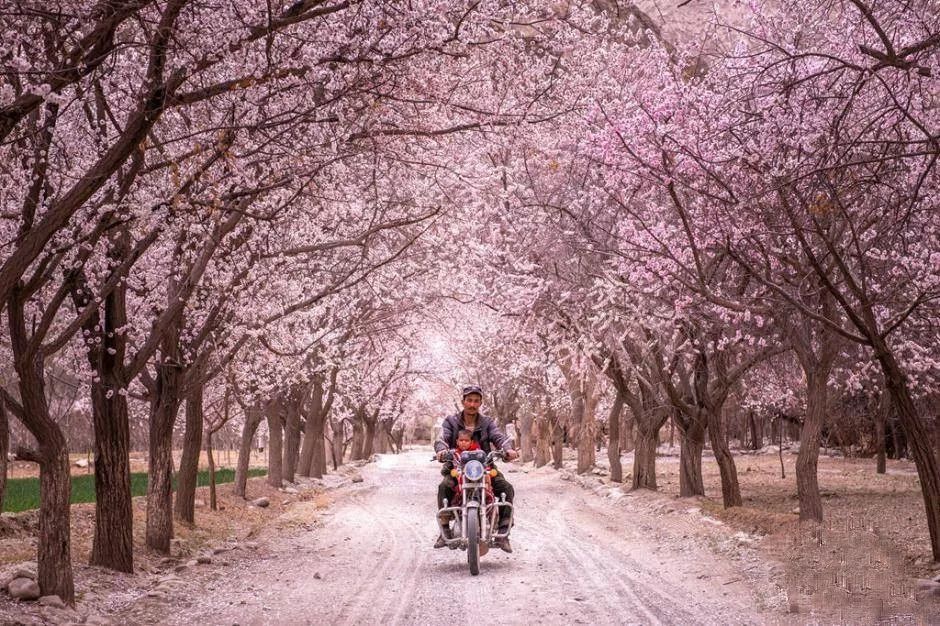
【It’s summer】
In June, the lavender in northern Xinjiang will be in full bloom
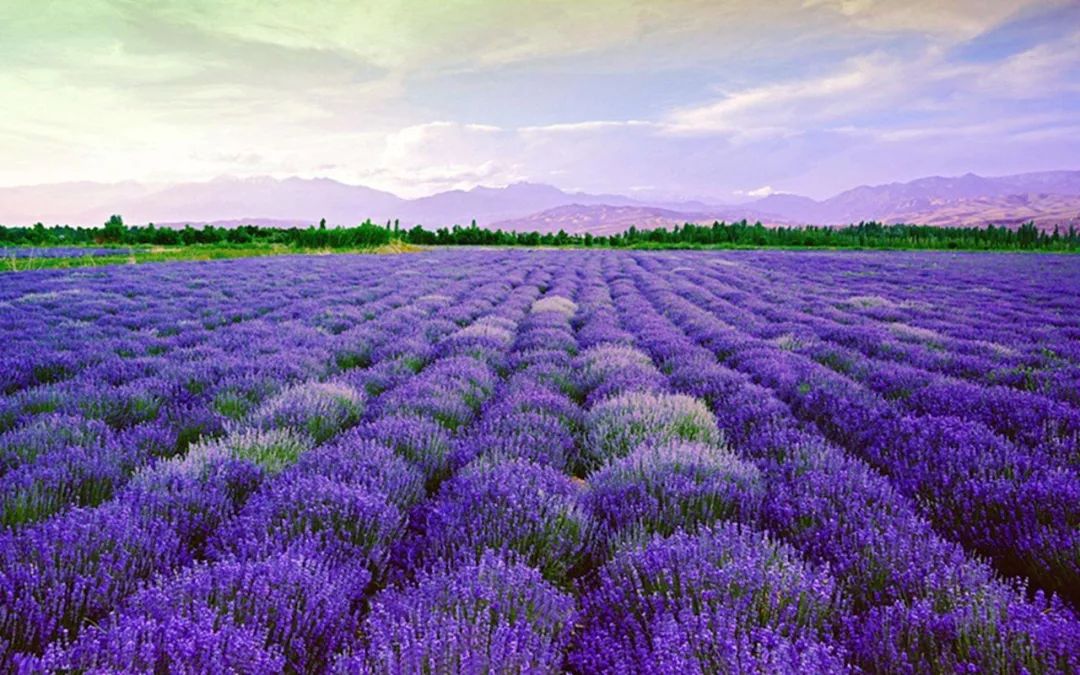
In June, there is also perilla in Zhaosu
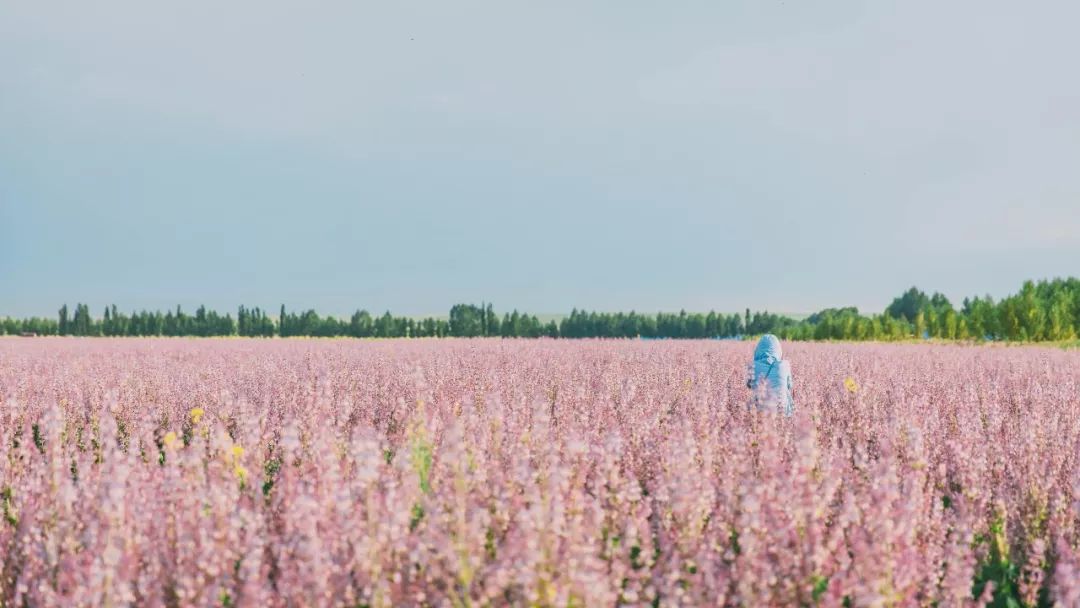
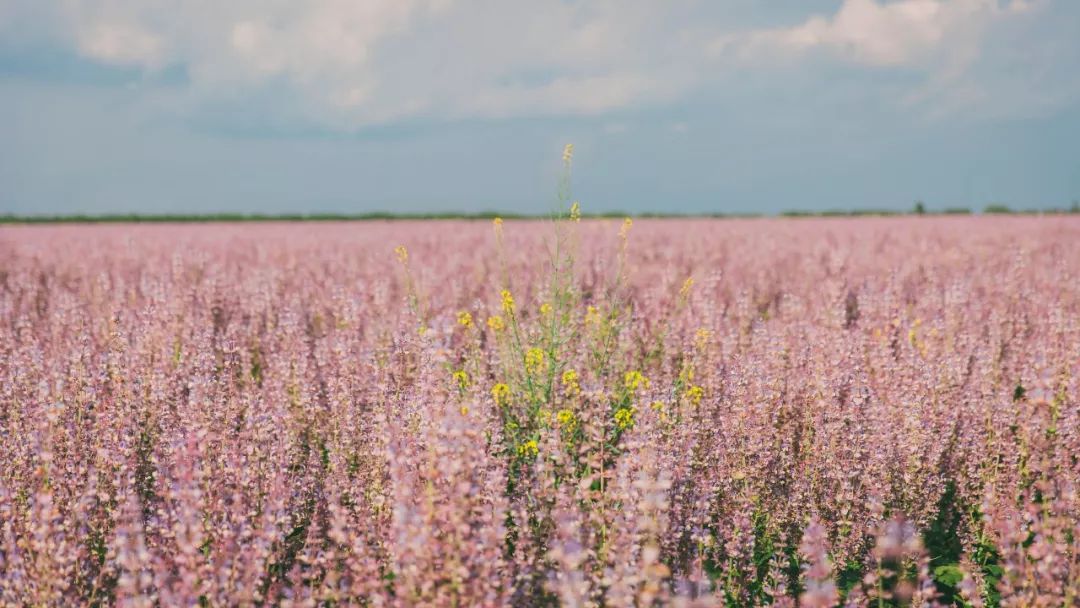
【autumn】
In October, Kanas in northern Xinjiang is golden and colorful in autumn
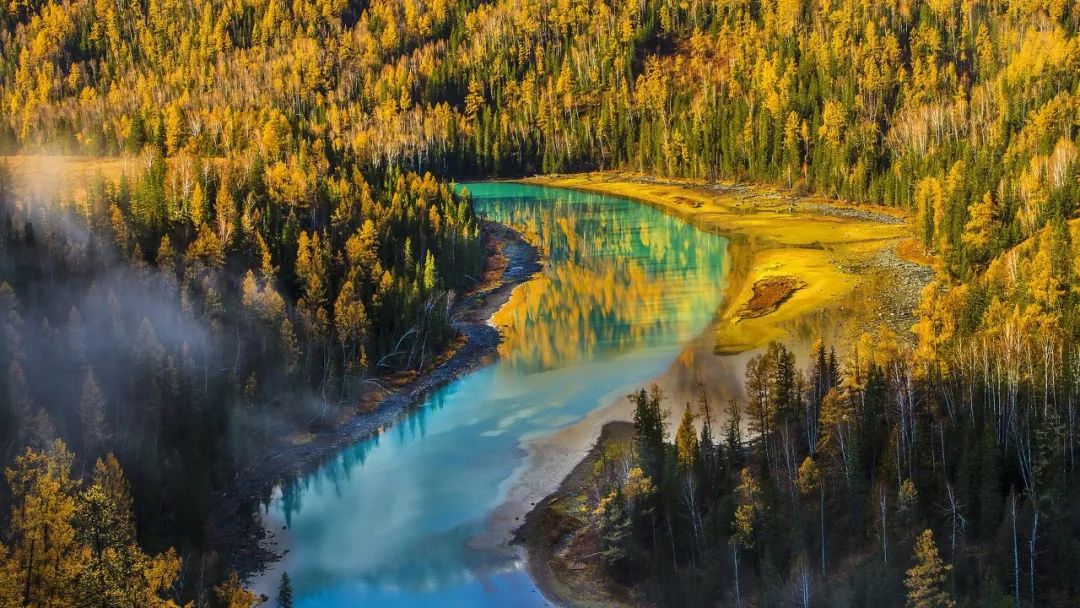
In October, the Luntai Populus euphratica forest in southern Xinjiang is burned to release
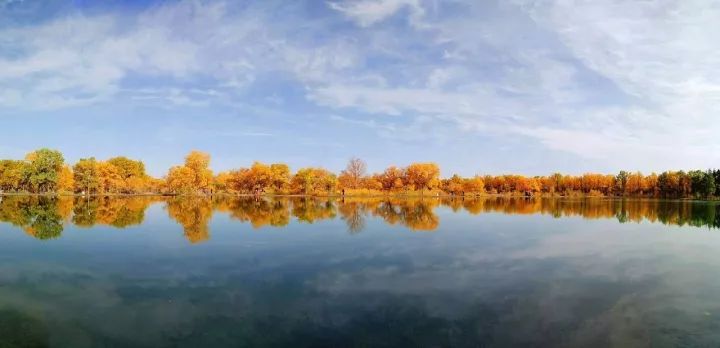
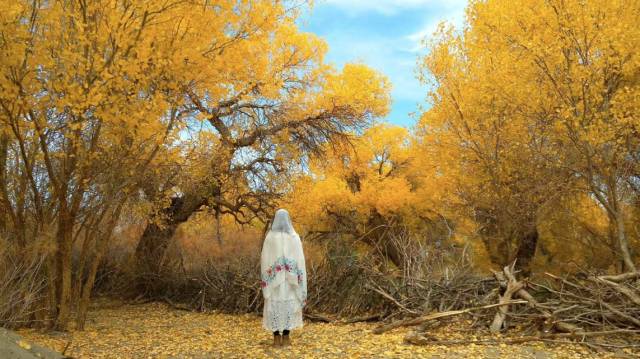
【In winter】
In December, the quiet Tianshan Tianchi has the purest colors
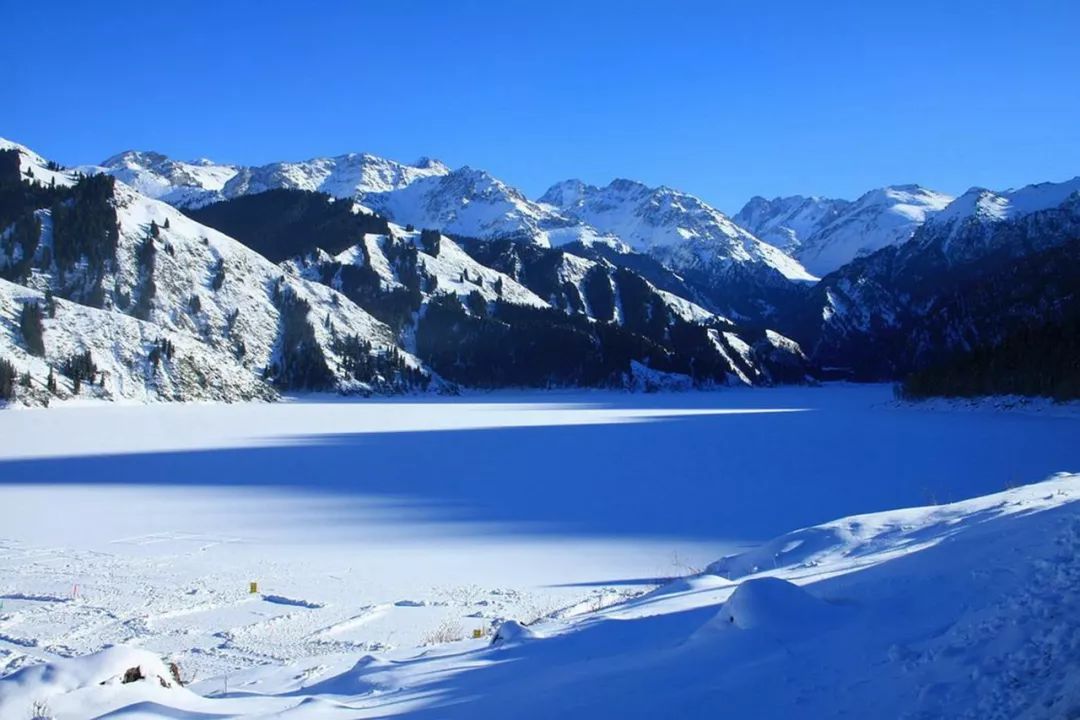
Southern Xinjiang and Northern Xinjiang are completely different, but have their own charms
↓
We often say that the northern Xinjiang sees the scenery, and the southern Xinjiang sees the style. Walking into northern Xinjiang, into the Kanas and Ili River Valleys, you will encounter streams, seas of flowers, wetlands, grasslands and white snow-capped mountains in the sky. And when you walk into southern Xinjiang, you will find more ancient cities, Yadan desert, and desolate no-man’s land. The northern and southern Xinjiang with completely different temperaments together form a rich and extensive Xinjiang!
↓
The natural scenery of northern Xinjiang
Mainly in the Yili River Valley, Kanas, Keketuohai, Devil City and other places
(Please refer to the distribution map of the main travel destinations in northern Xinjiang below)
▼
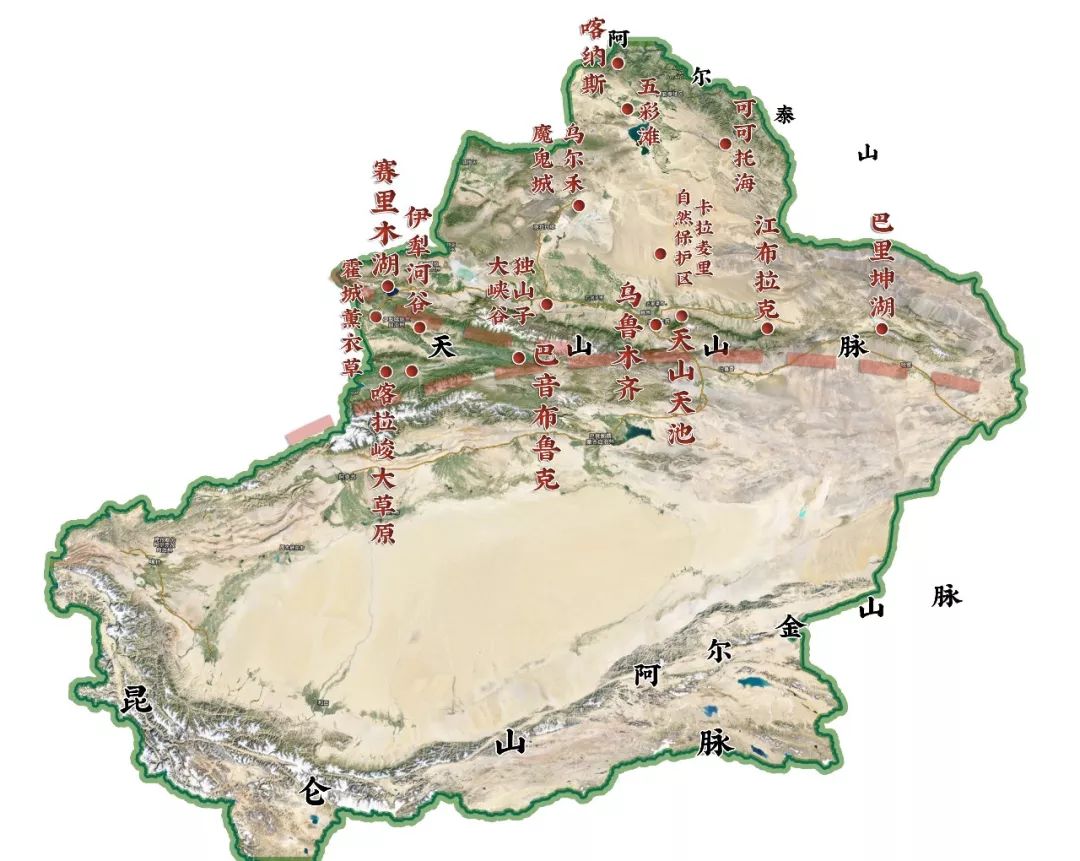
along the Tien Shan Mountains
Let’s first walk into the Yili River Valley of the 800-kilometer scenic corridor
↓
This is the wettest place in Xinjiang, and the Yili River Valley is like the back garden of Xinjiang. Grasslands, forests, rivers, flower seas, snow-capped mountains, and glaciers can be seen everywhere here. It is an 800-kilometer-long scenic corridor winding along the Tianshan Mountains.
↓
Here is Sailimu Lake, the “last tear of the Atlantic Ocean”
A touch of blue, always quiet and tranquil
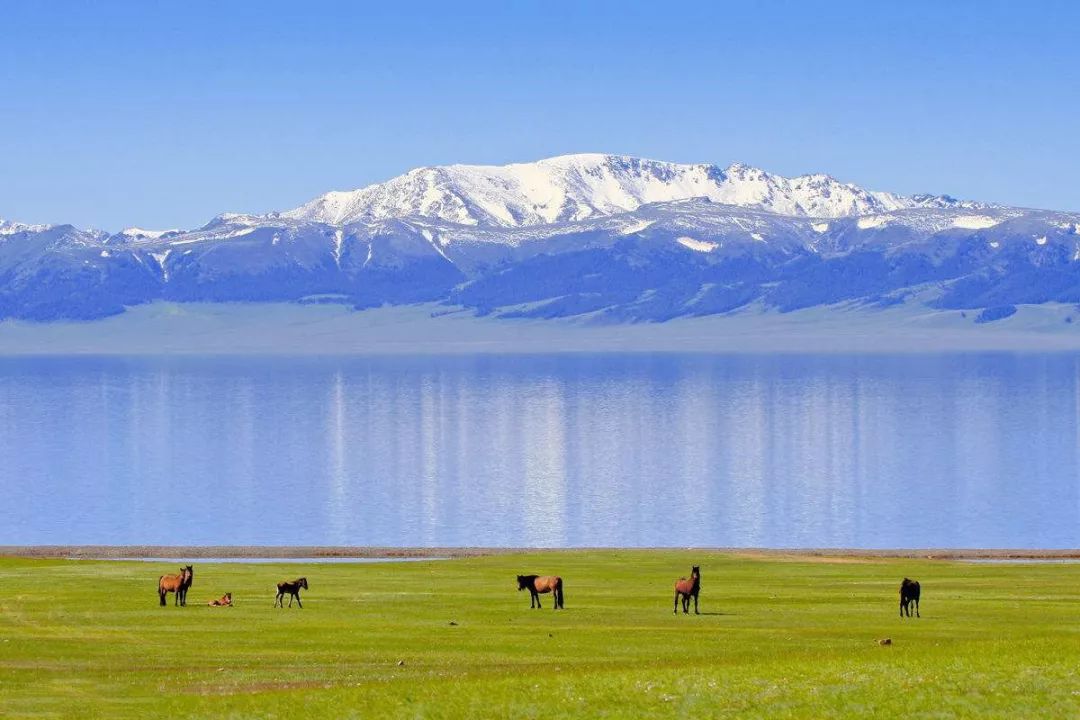
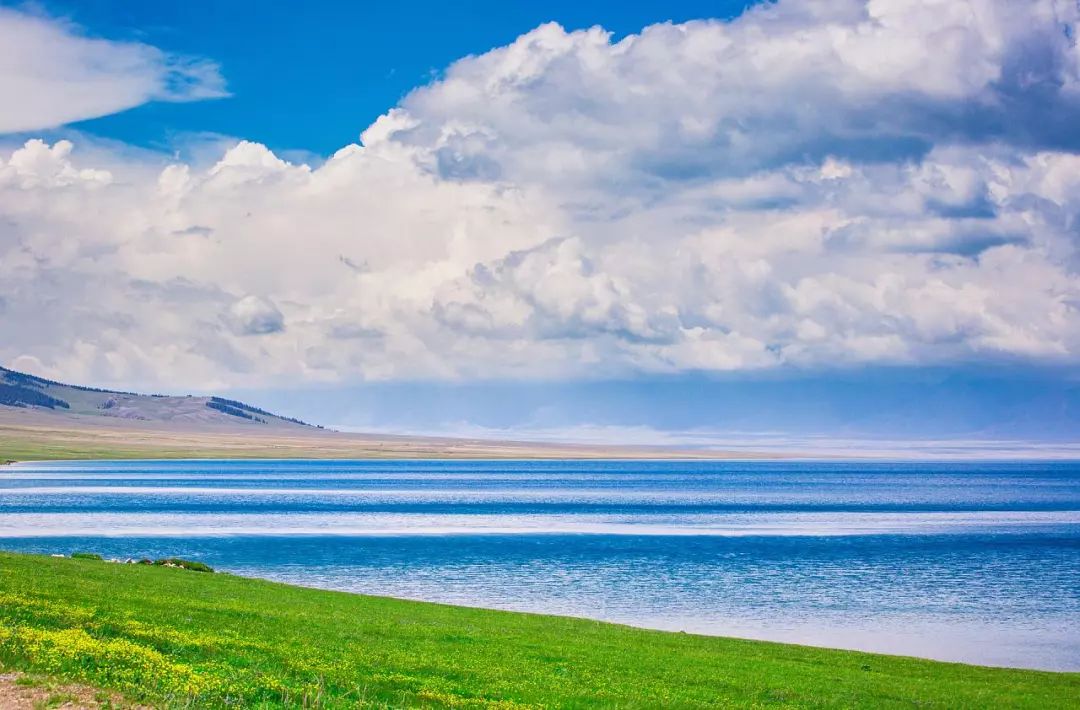
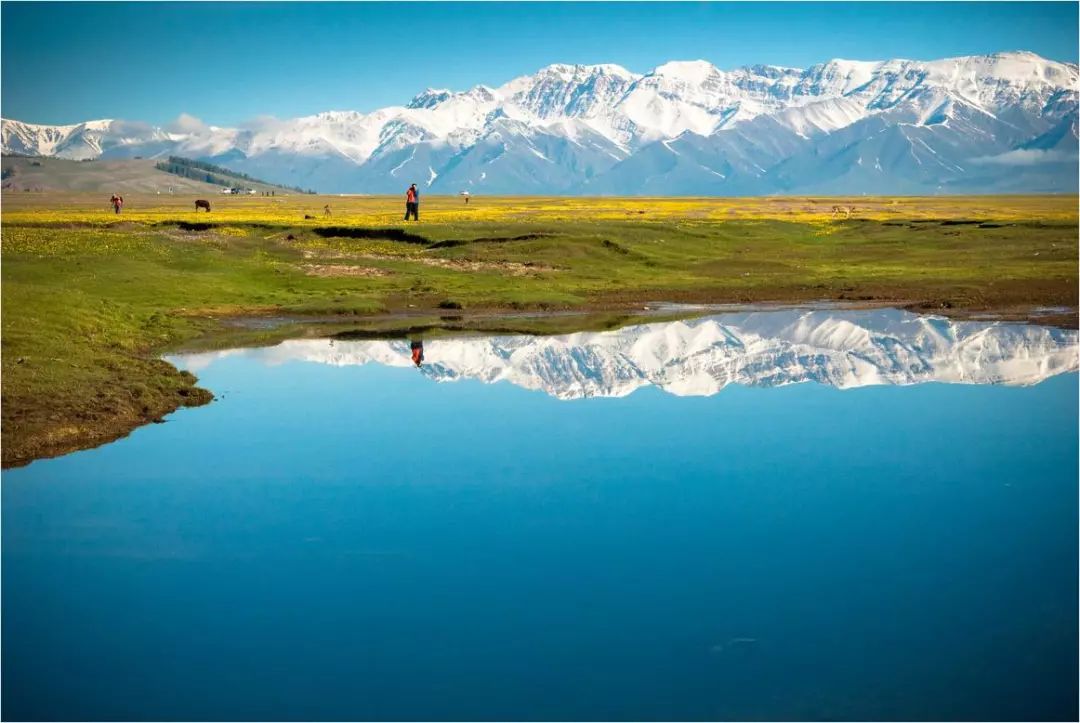
Herdsmen set up tents on the grassland in the air of Nalati, raising smoke from cooking
Cattle and sheep run freely in the middle of the mountain
↓
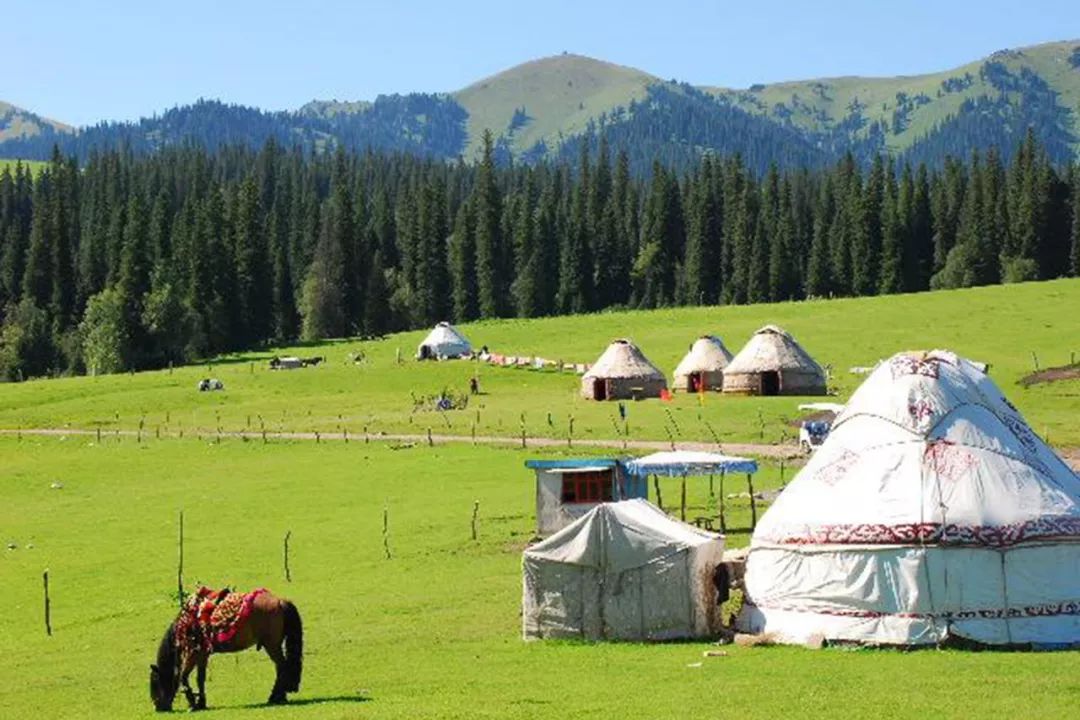
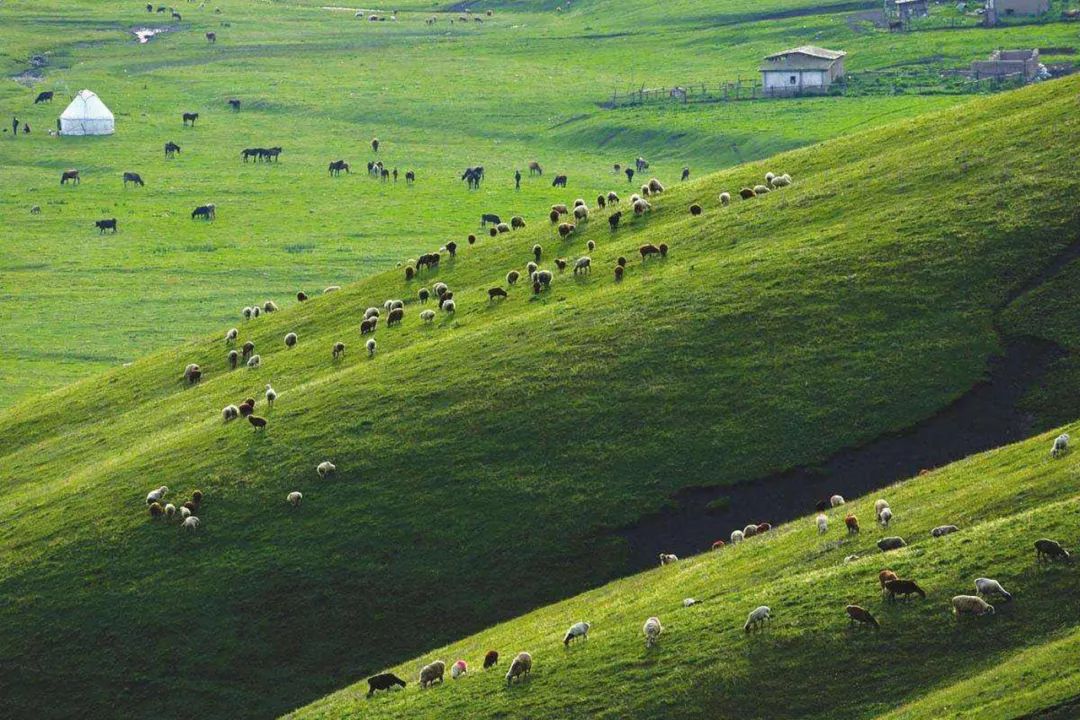
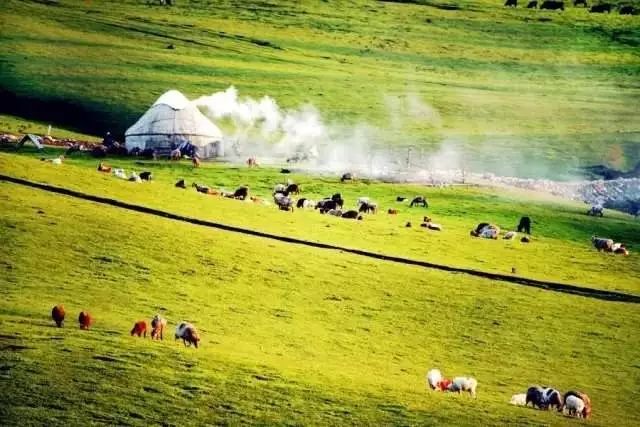
But grasslands and grasslands are different
To the west of the Nalati Grassland, you come to the Kalajun Human Grassland
The grassland is rolling and undulating, folding out a moving curve
↓
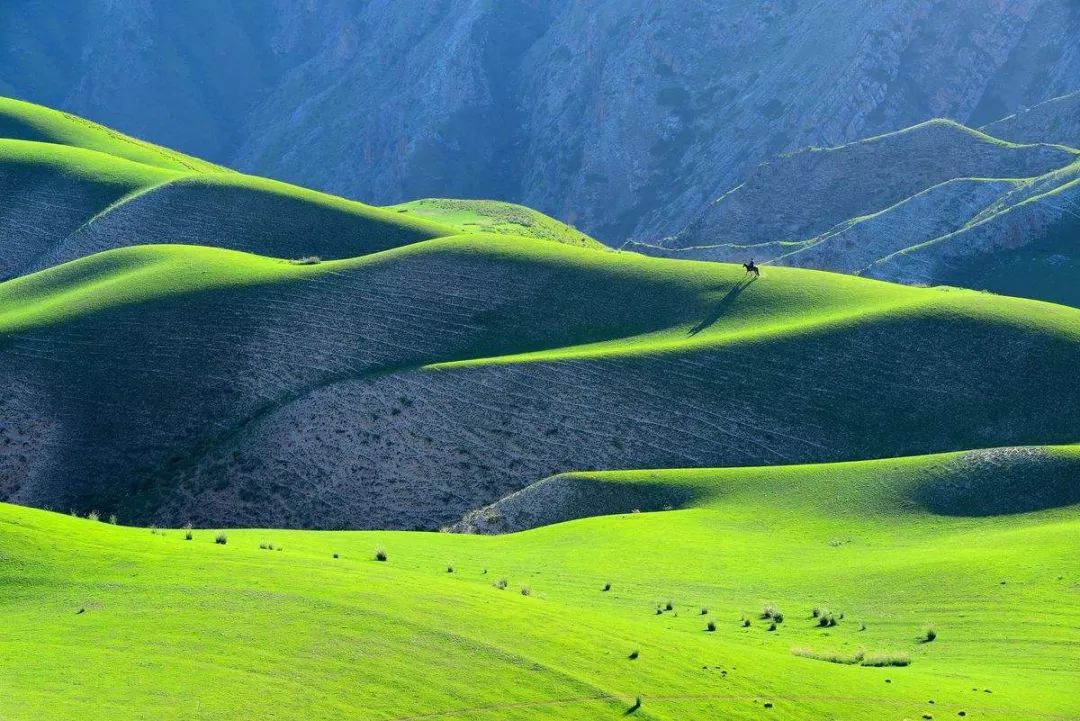
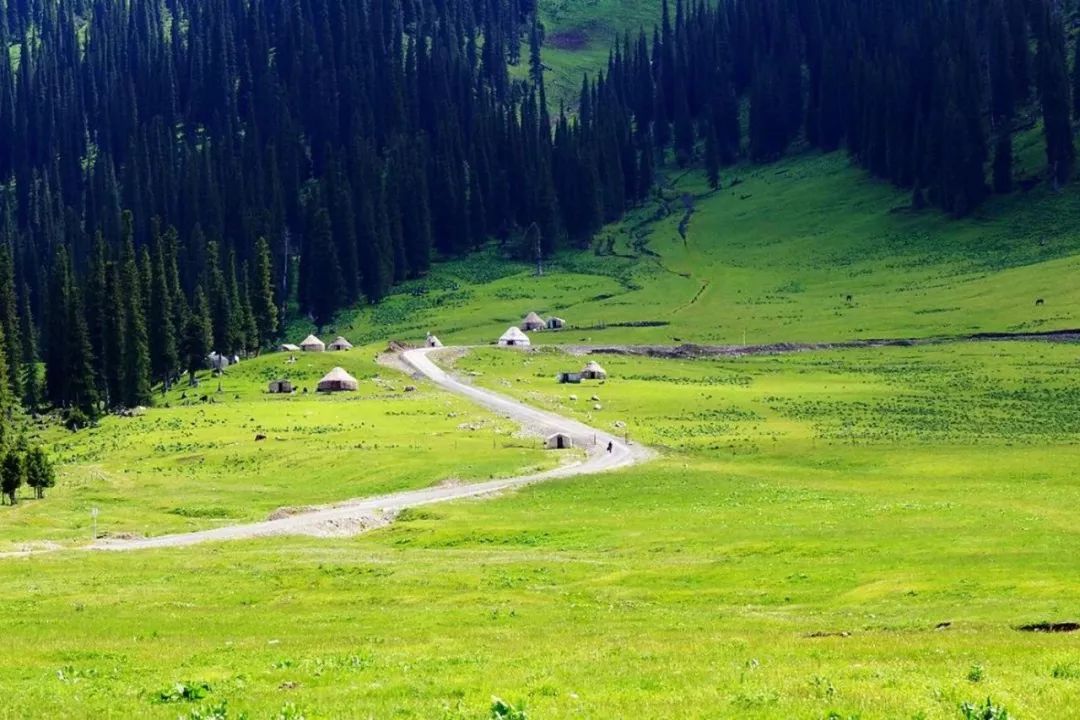
In June, the lavender in Huocheng
Will dress up Yili as a fairy tale from the Garden of Eden
↓
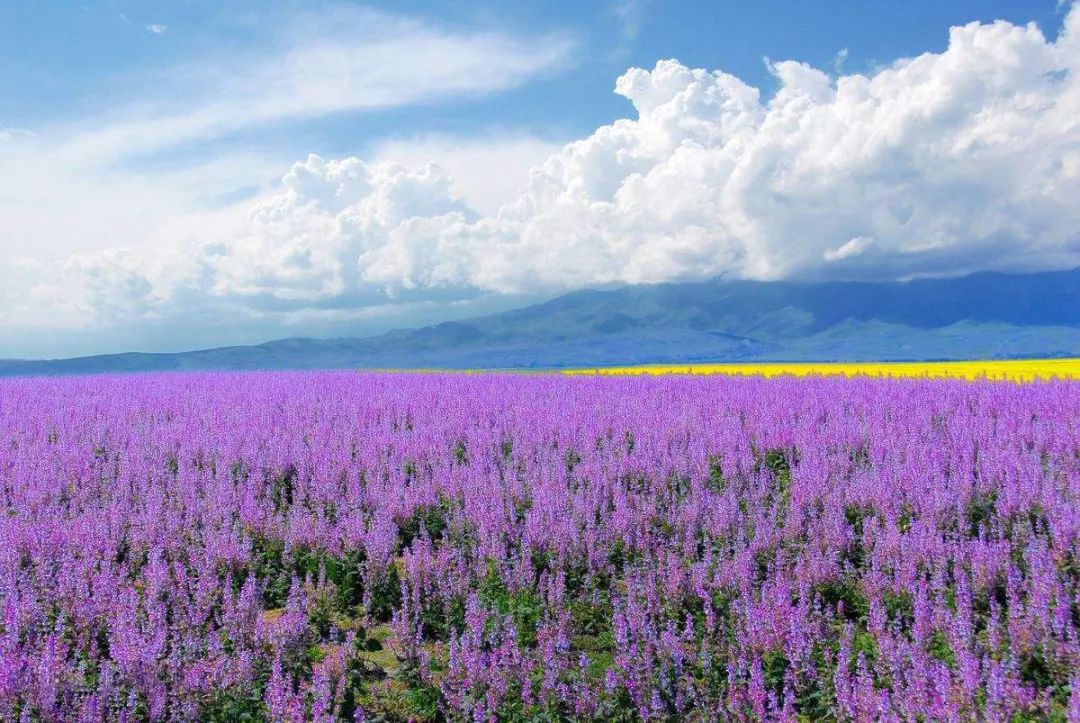

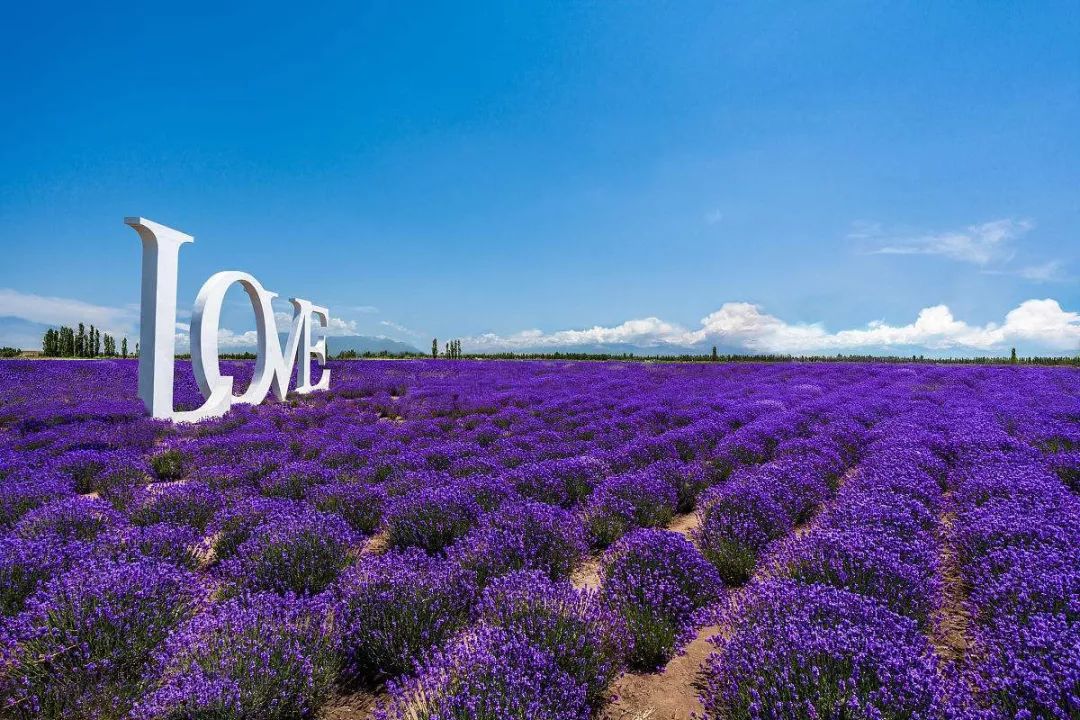
There are nine suns in Bayinbulak
The Kaidu River stretches for more than 500 kilometers
Bayanbulak, the second largest grassland in China,
There are more than 10,000 corners in total. It is said that the right angle is found
Nine suns can be seen at once in the curved channel of the Kaidu River
↓
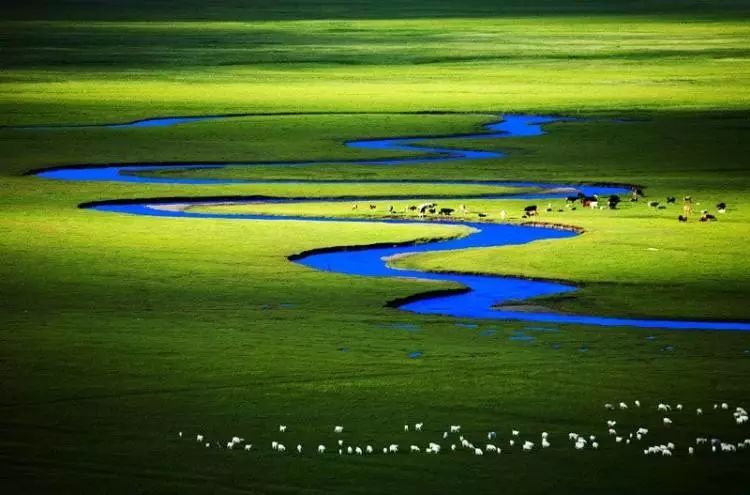
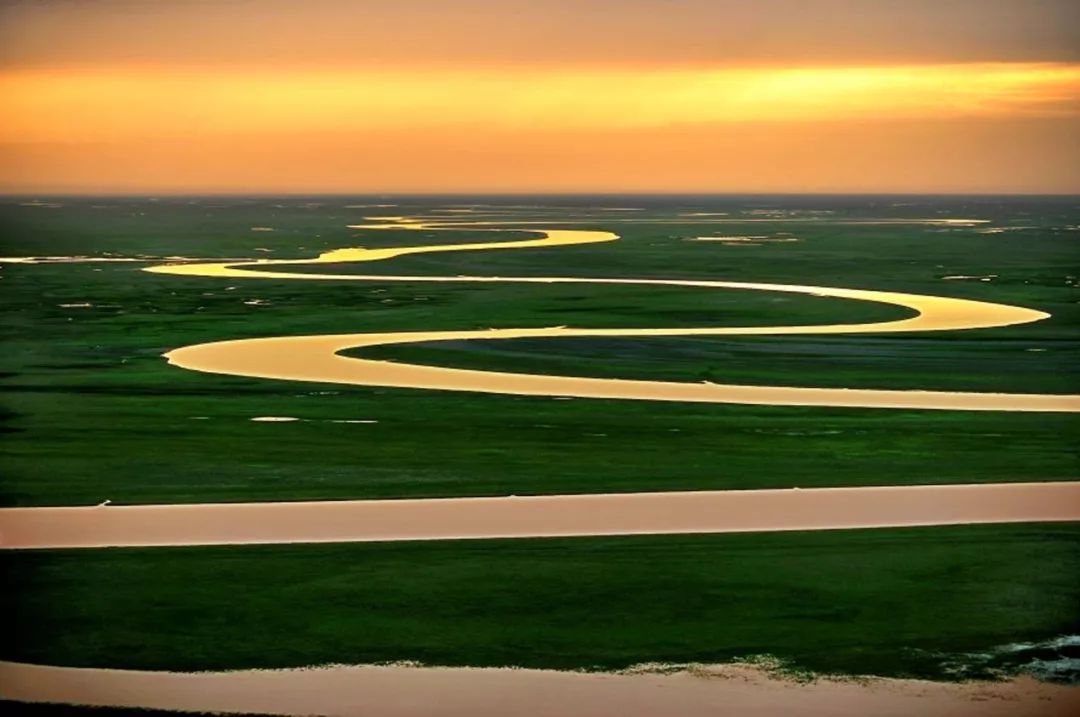
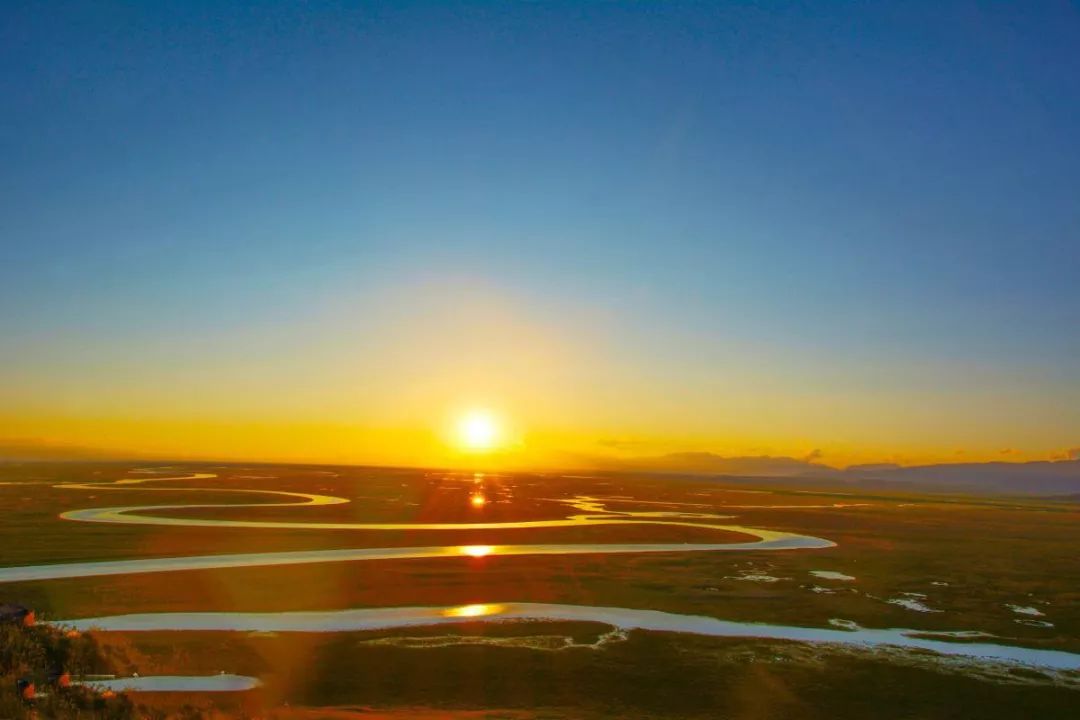
Across the Junggar Basin, to the foot of the Altai Mountains
Come to the famous Kanas
↓
The beauty of Kanas exists beyond the seasons
The blue Kanas Lake is like a gem among the forests
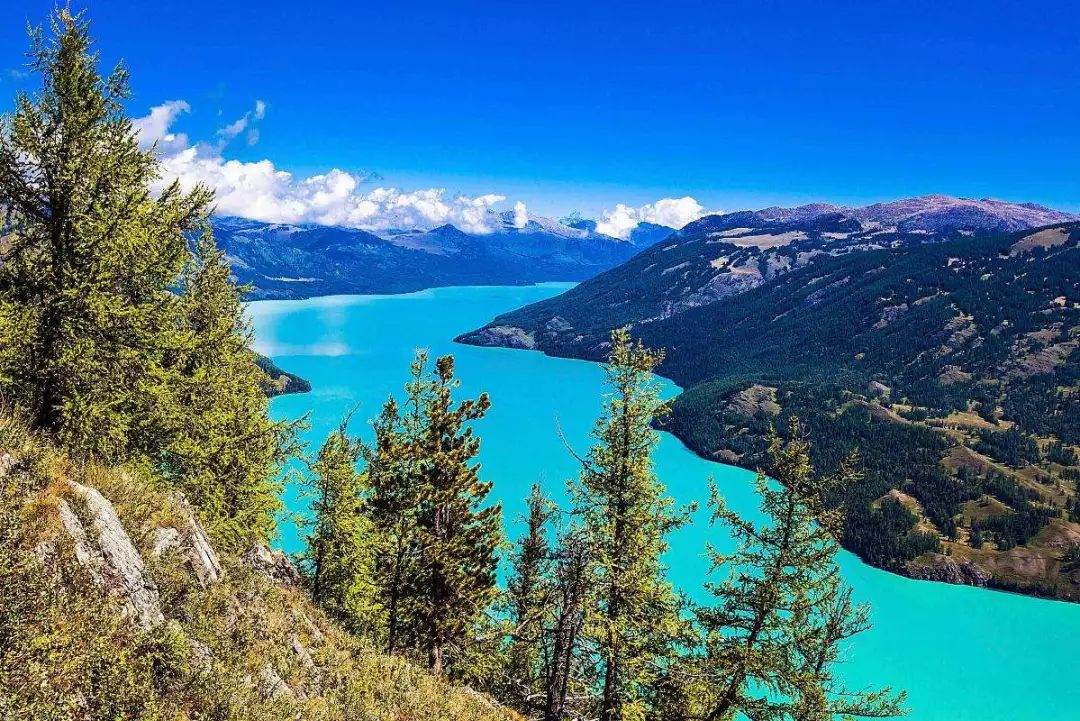
Kanas Moon Bay
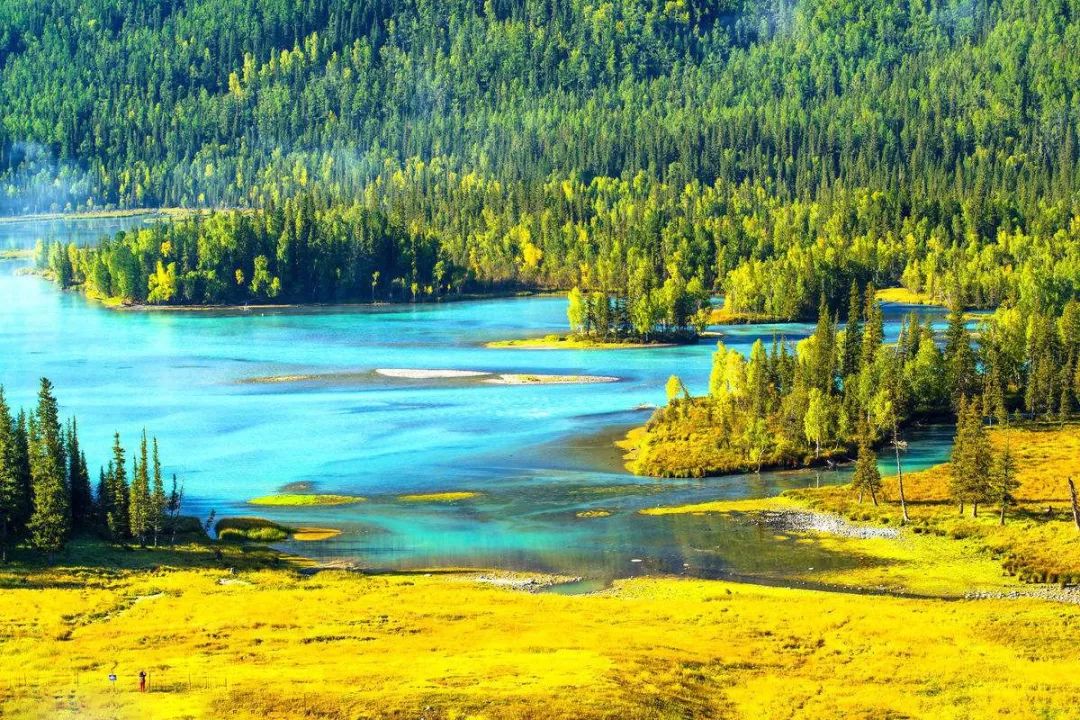
Kanas Fairy Bay
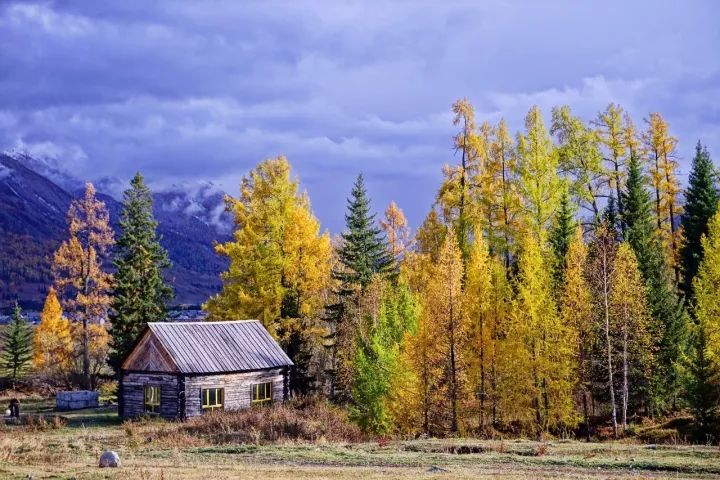
Kanas Baihaba Village
The charm of southern Xinjiang lies in
Its desert wildness, history, humanities and ethnic customs
▼
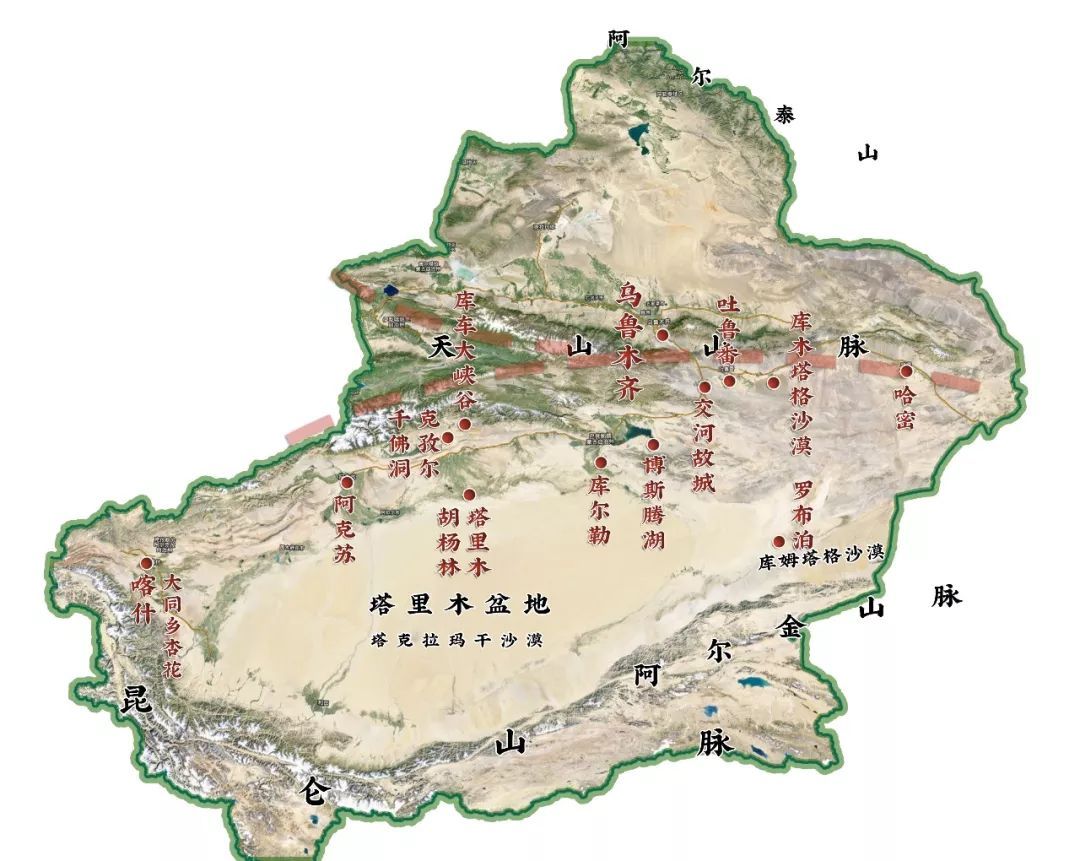
(Distribution map of main travel destinations in southern Xinjiang)
When it comes to southern Xinjiang, almost everyone thinks of Kashgar
In spring, Datong Township in Kashgar will be full of apricot blossoms
like paradise
↓
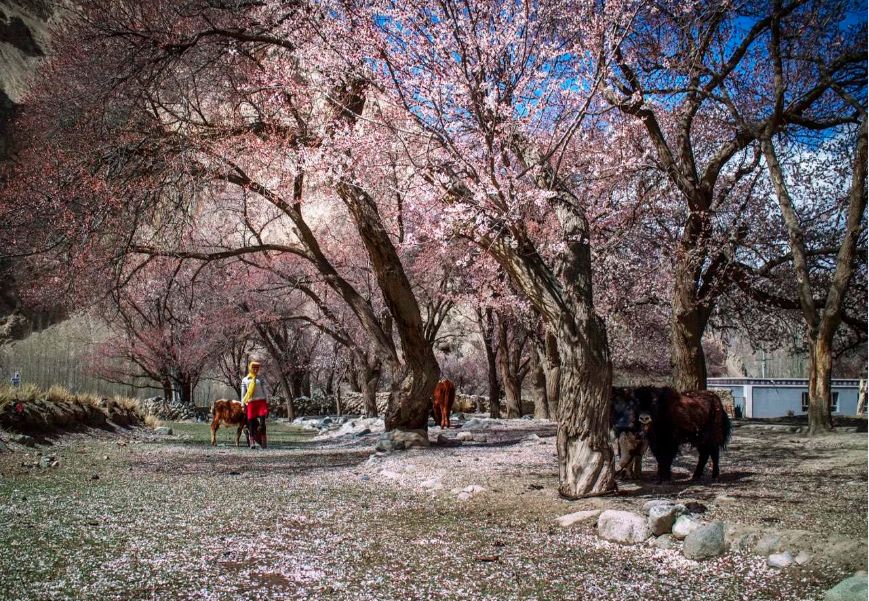
And in the Taklamakan Desert in the “Sea of Death”
Has the Most Thrilling, Deserted Desert Road Trip
A car, deep into China’s largest mobile desert
For some travelers, there is a fatal temptation
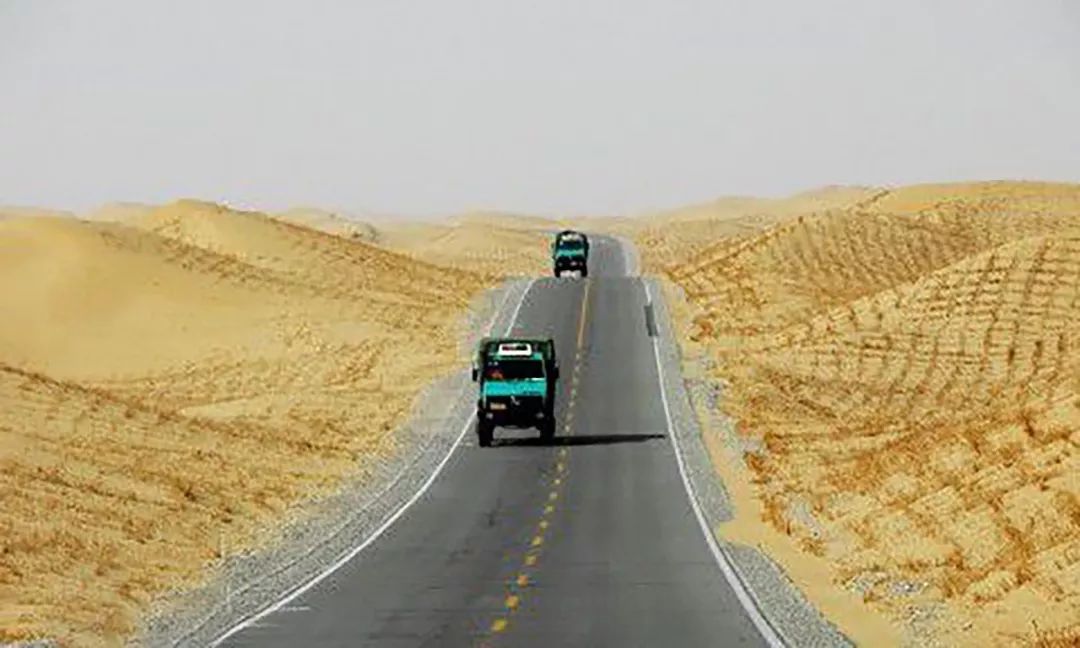

Jiaohe Ancient City, 13 kilometers away from Turpan
With a history of more than 2,000 years, Jiaohe Ancient City is the site of the ancient Cheshi Kingdom.
After thousands of years of ups and downs
The streets, earthen walls and even the windows of the ancient city are still clearly visible
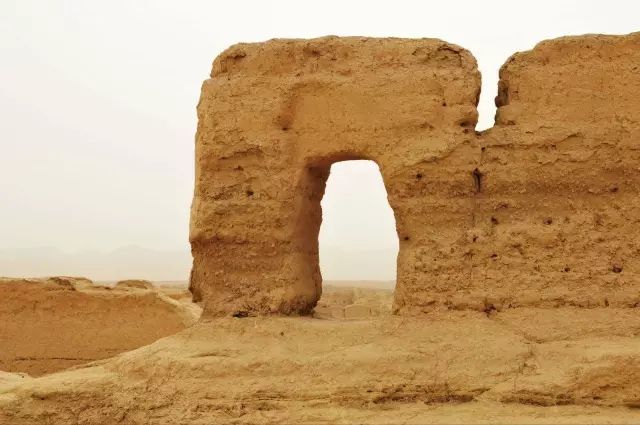
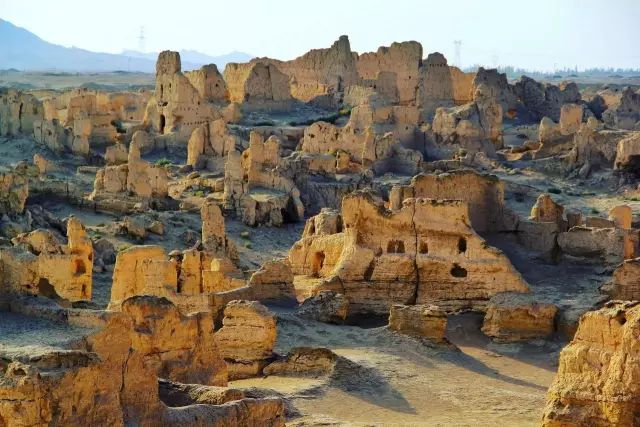
And Lop Nur in the no man’s land
There is an ancient country of Loulan that was buried in the yellow sand and disappeared
where the wind blows
The grotesque Yadan stands silently in the deserted desert
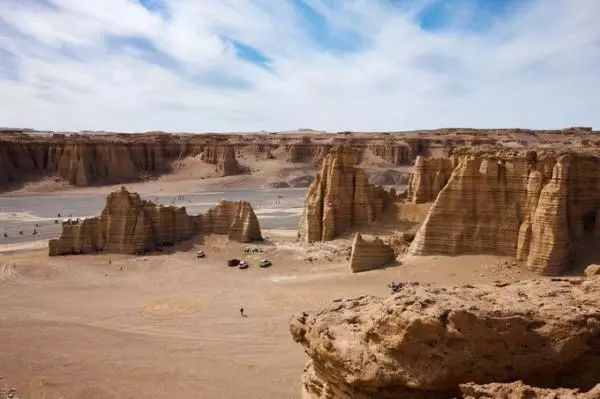
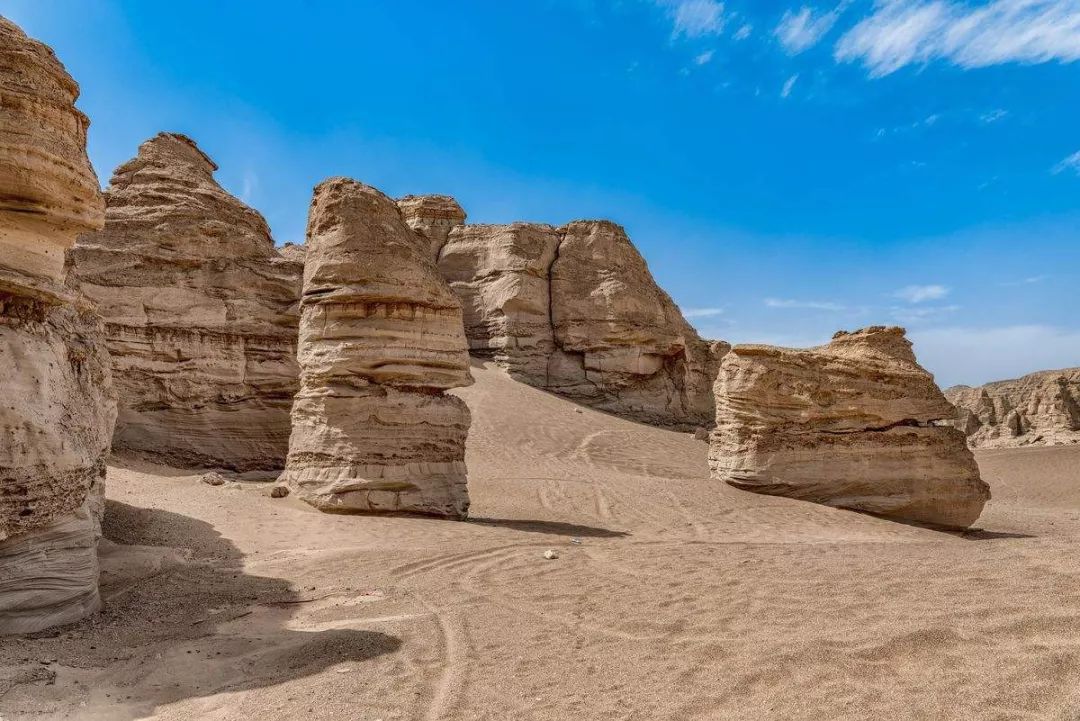
The unknown Kizil Thousand Buddha Caves
It is the place where Buddhism was first introduced to the Central Plains
Thousands of years of ups and downs
Countries that originally believed in Buddhism in history were forced to convert to Islam
A large number of exquisite murals in the Thousand Buddha Caves were damaged
This Buddhist cave that once suffered a catastrophe
It is an existence not inferior to Mogao Grottoes
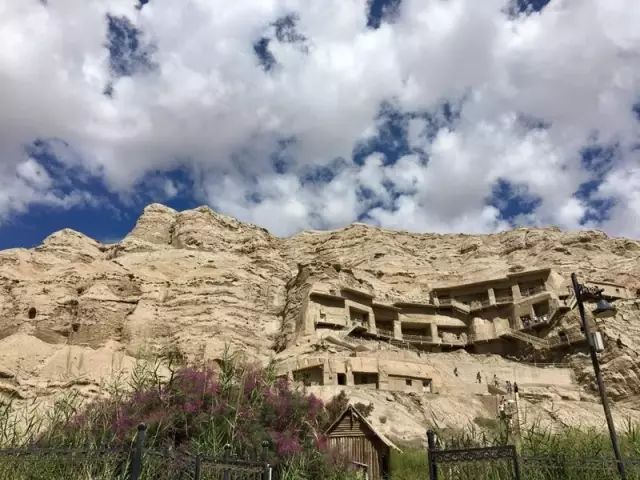

In southern Xinjiang, there is also a red Grand Canyon
The continuous crimson rocks are the unique symbol of the Kuqa Grand Canyon
The canyon is deep and winding, sometimes wide and sometimes narrow
Looking out from the gap in the cliff, you will see a real ray of sky
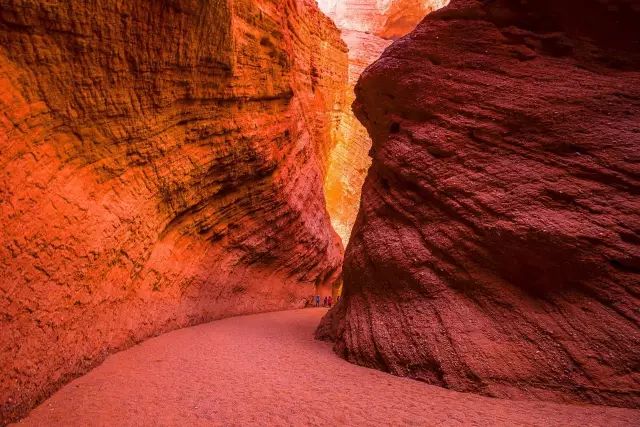
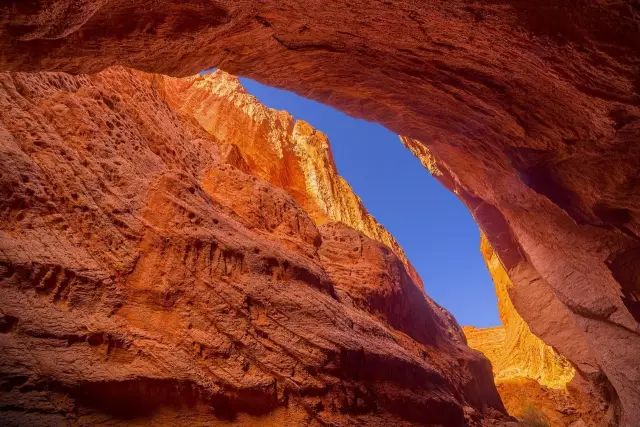
Southern Xinjiang also has the sweetest melons and fruits in Xinjiang
Grapes from Turpan, Apples from Aksu
Red dates from Ruoqiang, pears from Korla
…
Despite drought and little rain, people use their wits
Grow the sweetest melons and fruits in this land
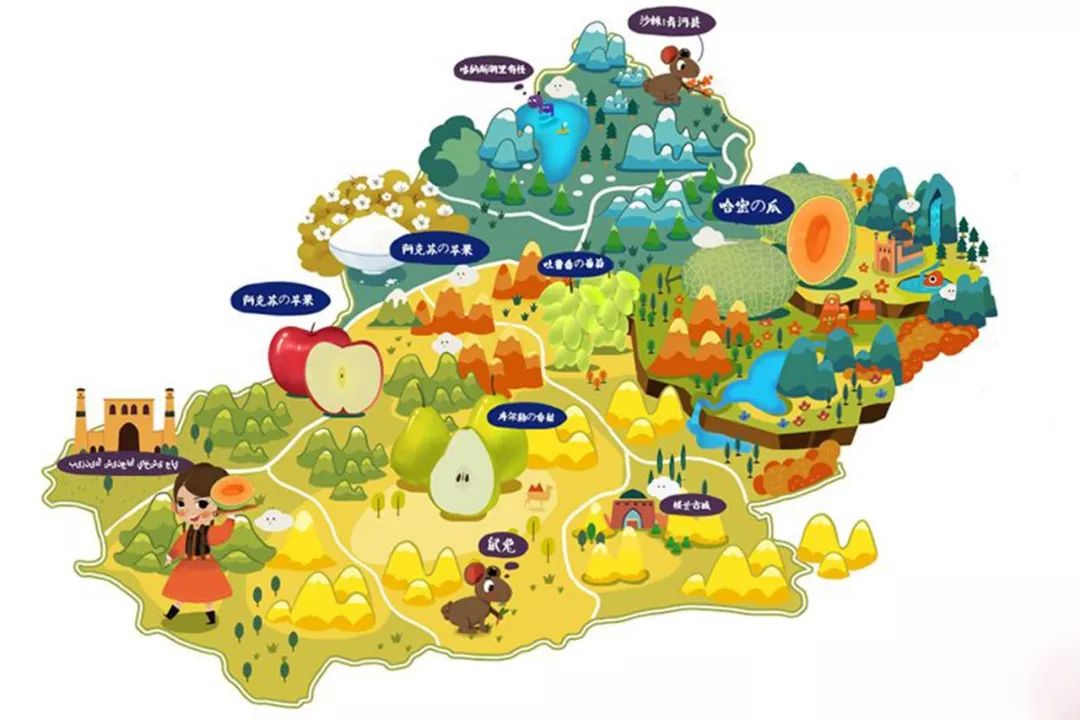
Look at the scenery in northern Xinjiang, and the customs in southern Xinjiang
The northern and southern Xinjiang together form a rich and extensive Xinjiang
someone said
If you don’t go to Xinjiang, you don’t know how big China is
In fact, you can add a sentence after this:
If you don’t go to Xinjiang, you don’t know how beautiful China is
Xinjiang, just going once is not enough!
— END —




